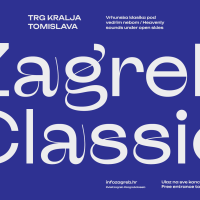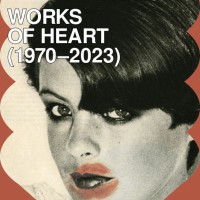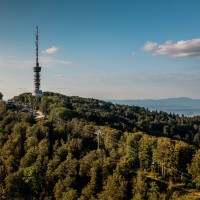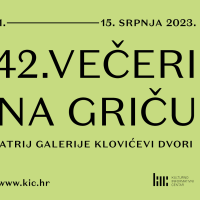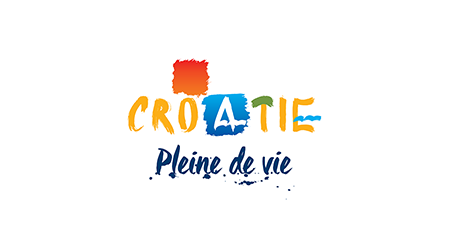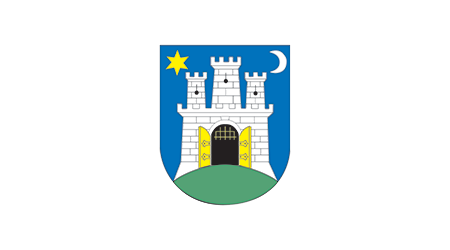Bollé: The Builder of the Croatian Capital
Between April 17th and August 23rd, the Museum of Arts and Crafts will feature a representative exhibition, Herman Bollé: The Builder of the Croatian Capital, dedicated to the work of one of the greatest architects from the late 19th and the early 20th century in Croatia, who also left a great mark on the history of architecture in Zagreb.
 Between April 17th and August 23rd, the Museum of Arts and Crafts will feature a representative exhibition, Herman Bollé: The Builder of the Croatian Capital. The exhibition is dedicated to the work of one of the greatest architects from the late 19th and the early 20th century in Croatia.
Between April 17th and August 23rd, the Museum of Arts and Crafts will feature a representative exhibition, Herman Bollé: The Builder of the Croatian Capital. The exhibition is dedicated to the work of one of the greatest architects from the late 19th and the early 20th century in Croatia.
Herman Bollé was born in Cologne, he worked in Italy and Austria, and his projects left a mark on the history of architecture in Zagreb, where he died in 1925. Apart from the projects he left behind, he also played a big part in the education of young architects and the development of artistic crafts, which were based on his projects. The bulk of the exhibition is comprised of items of artistic crafts, designs and models of the most attractive projects, as well as photographs of many of Bollé’s structures, and the exhibition layout follows the chronology of his life and types of projects he was involved in.
The first part of the exhibition is dedicated to Bollé’s biographical information and his opus during his early days in Germany, Italy and Austria. The second part presents major restoration projects on the cathedrals in Zagreb, Križevci and Pakrac, the church in Marija Bistrica, as well as other structures, such as the Franciscan churches in Ilok and Zagreb, and the Church of St. Anne in Križevci. The third part of the exhibition shows the diversity of styles in Bollé’s opus, including Neo-Gothic, Neo-Byzantine, Neo-Romanesque, Neo-Renaissance, and the so-called Croatian National and Secession styles.
The fourth part of the exhibition is dedicated to the principal buildings Bollé either designed or restored, such as the cathedral, the archbishop’s palace, the Church of St. Mark and Mary’s Church at Kaptol, the Franciscan, Orthodox, Greek-Catholic and Evangelist churches, the chapel on Ilirski Square, the Pongratz Palace and the Stanković House on the Square of Ban Josip Jelačić, the Živković-Androwsky Villa on Jurjevska Street, the Weiss Villa at Pantovčak, the palace of the Government Department for Religious Affairs and Education, the fountain and the meteorological post at Zrinjevac Park, the Museum of Arts and Crafts, and many others. In the part of the exhibition related to his Neo-Renaissance work, special attention is dedicated to the public structures in Zagreb, especially Mirogoj Cemetery, his most important original development and an architectural masterpiece, which is considered one of the most beautiful cemeteries in Europe.
The fifth part of the exhibition is dedicated to Bollé’s role in the history of artistic crafts in Croatia. Visitors of the exhibition will have the opportunity to purchase the monograph published in 2013 by Dragan Domjanović titled Architect Herman Bollé which features a comprehensive overview of the great architect’s work.
Published: 31.03.2015
 Hrvatski
Hrvatski English
English Deutsch
Deutsch Spanish
Spanish French
French Italian
Italian Russian
Russian Korean
Korean Japanese
Japanese Chinese
Chinese Between April 17th and August 23rd, the Museum of Arts and Crafts will feature a representative exhibition, Herman Bollé: The Builder of the Croatian Capital. The exhibition is dedicated to the work of one of the greatest architects from the late 19th and the early 20th century in Croatia.
Between April 17th and August 23rd, the Museum of Arts and Crafts will feature a representative exhibition, Herman Bollé: The Builder of the Croatian Capital. The exhibition is dedicated to the work of one of the greatest architects from the late 19th and the early 20th century in Croatia.